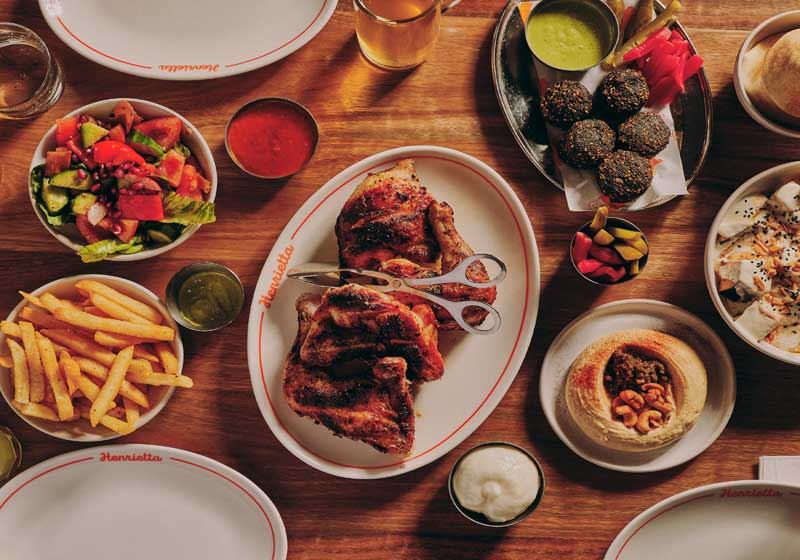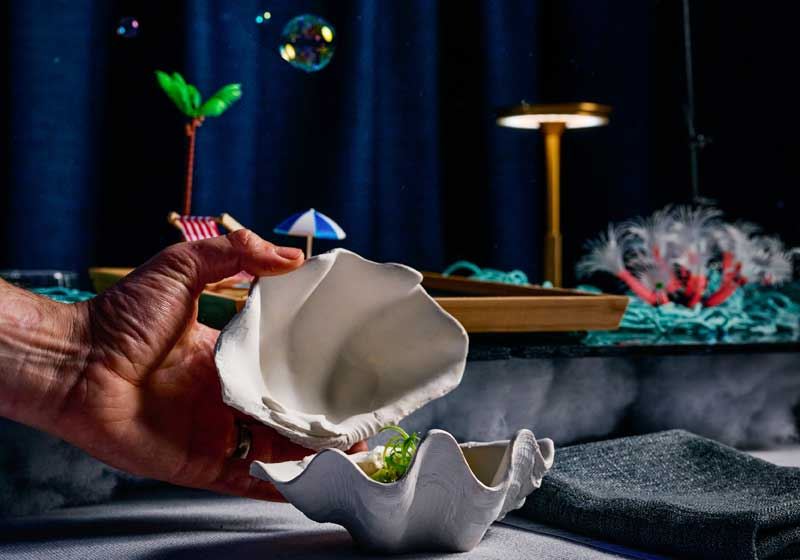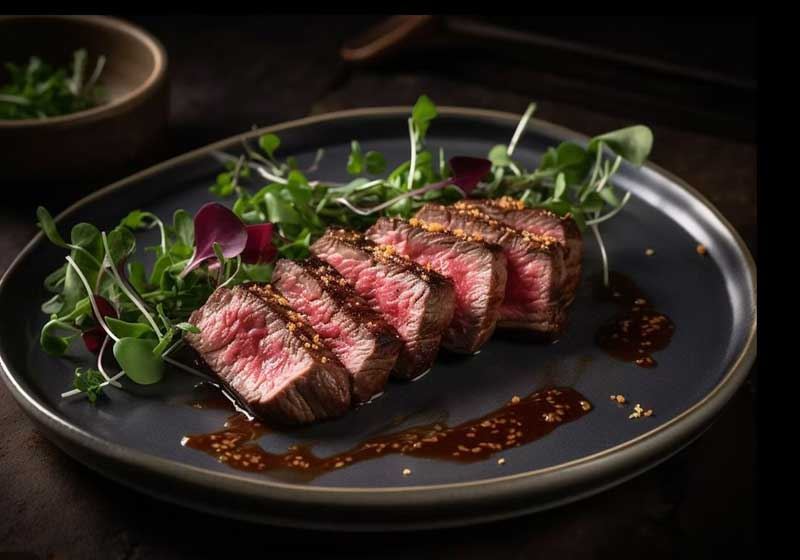By Marie-Antoinette Issa.
From the salty Atlantic shores of Brittany to the lush, vineyard-dotted valleys of Bordeaux, France’s culinary landscape is as varied and layered as its geography.
While the country may be unified by a love for butter, bread and beautiful produce, its borders - both internal and external - shape regional food traditions in fascinating, delicious ways.
In Brittany - the rugged peninsula that juts into the Atlantic Ocean in the country’s northwest - cuisine is built on what the sea provides. Known for its Celtic roots and windswept coastline, expect oysters from Cancale, scallops harvested from Saint-Brieuc Bay and mussels simmered in cider rather than wine - a nod to the region’s apple-rich orchards.
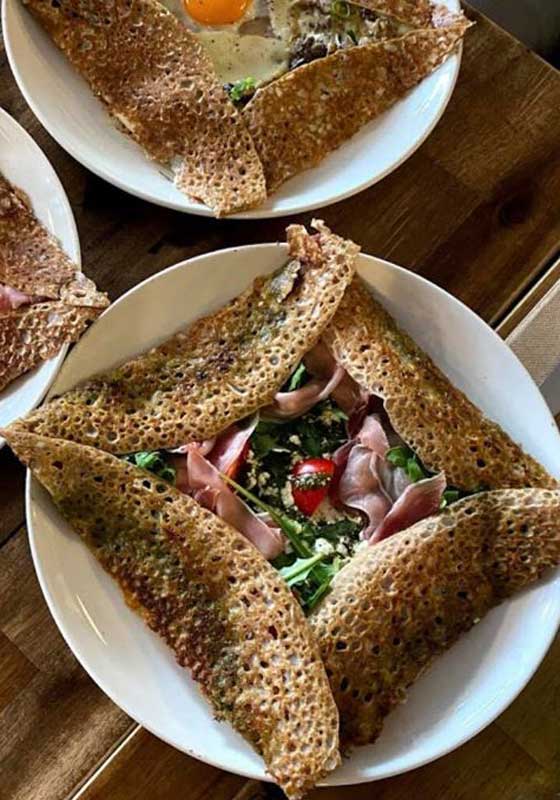
Butter, often salted (a throwback to when the region was exempt from the national salt tax), is central here. Naturally, no visit is complete without sampling a warm buckwheat galette, often filled with ham, cheese and egg, followed by a dessert crepe drizzled with caramel au beurre sale. Brittany’s border with the sea is not just geographic - it’s culinary, cultural and rooted with tradition at its core.
Drive south and you’ll enter the sprawling wine country of Bordeaux. Here, the land’s richness takes over. It’s no longer about salt and sea, but soil and vines. Bordeaux’s food reflects its status as a global trade hub and historical port city.
The region's famed wines don’t just sit in glasses - they influence the cuisine too. Meat is braised in red wine; shallots are glazed with Claret. Classic dishes like entrecote a la Bordelaise - rib steak in a red wine and bone marrow sauce - showcase how Bordeaux cooks with the confidence of a place that knows it’s got the good stuff. Even the seafood here is different: more refined, often paired with white wine reductions and delicate herbs.
Hugging the German border, Alsace feels like a hybrid of France and Central Europe. Its food tells a story of shifting territories and cultural tug-of-war. Sauerkraut becomes choucroute garnie and pretzels are as common as baguettes.
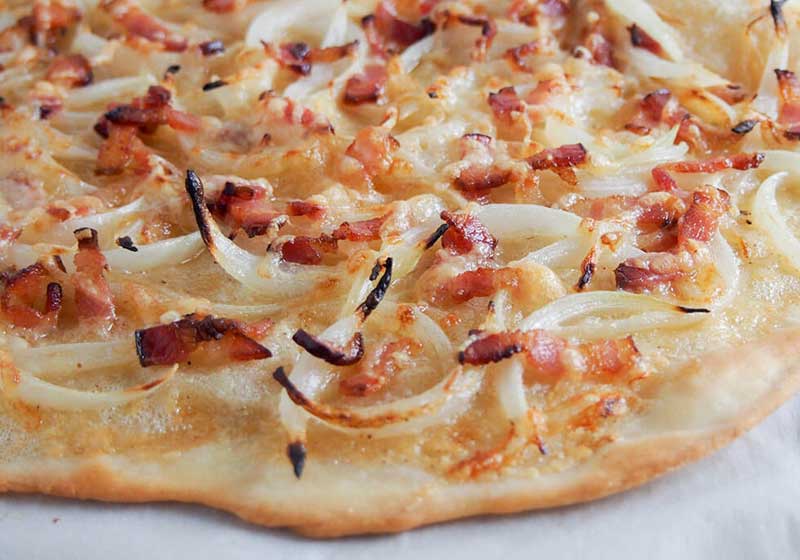
Photo credit: Caroline’s Cooking.
You'll find foie gras alongside flammekueche (a thin-crust ‘pizza’ with crème fraiche, onions and lardons) and Riesling wines instead of robust reds. This borderland cuisine is hearty, warming and precise - mirroring its Germanic influence while still feeling undeniably French.
To the south, near Spain, French cuisine takes on a fiery flair. In the Basque Country, you’ll spot red espelette peppers drying under the sun and smell the smoky richness of piperade - a slow-cooked stew of tomatoes, onions, peppers and sometimes eggs or Bayonne ham.
This region shares not just a border but a spirit with Spain and its food echoes that closeness. Tapas-style bites, fresh anchovies and sheep’s milk cheese abound. Even the rhythm of eating here - later, longer, more social - nods to its cross-border kinship.
Of course, there’s Provence, nestled against Italy. Tomatoes, basil, olive oil and garlic dominate the palate - ratatouille, pissaladiere (an anchovy and onion tart) and bouillabaisse - Marseille’s iconic seafood stew. Provence’s proximity to old Roman trade routes introduced ingredients and influences that the Mediterranean-hugging region still embraces today.
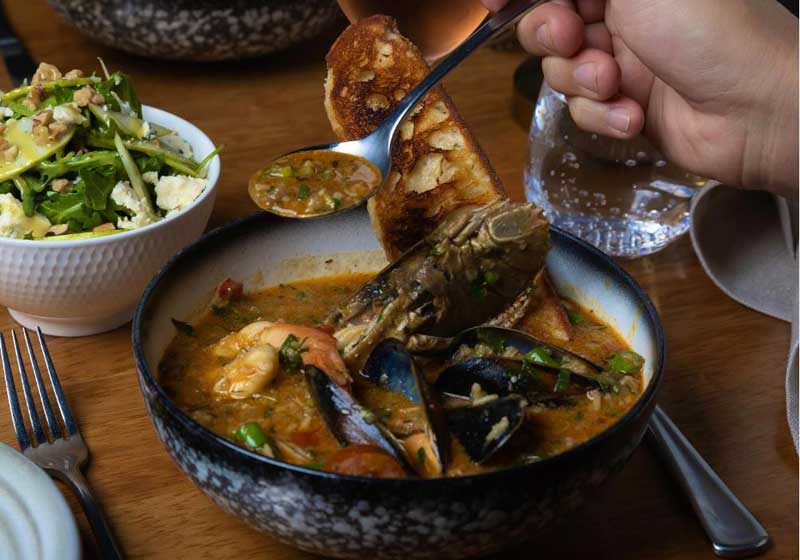
France’s internal departments, established centuries ago, and its natural borders - rivers, mountains, coasts - have helped protect and preserve these distinct culinary identities. However, it’s the external borders and neighbouring cultures that bring in the unexpected spice. Whether it’s saffron in the southeast or sauerkraut in the northeast, France’s food story is a reflection of everything and everyone it touches.
Every border crossed in France offers not just a change in landscape or language, but a shift in flavour, ingredients and cooking style. It’s this patchwork of place, culture and history that makes French cuisine more than a national treasure - it’s a journey worth taking, bite by bite.


